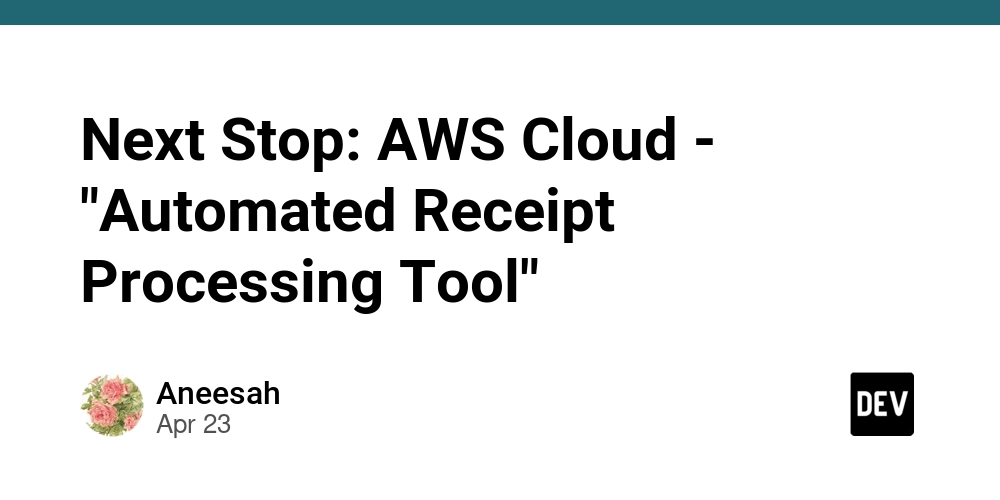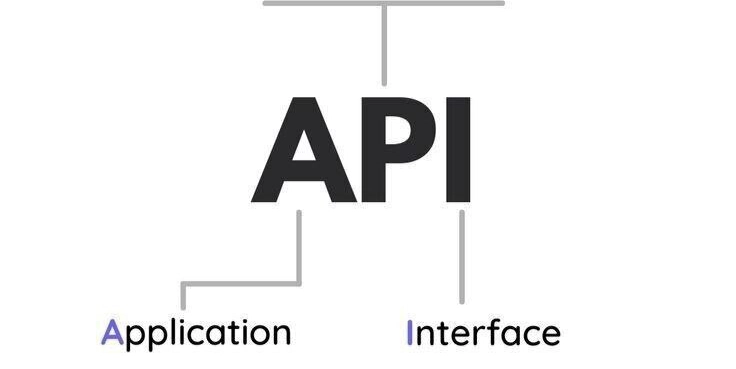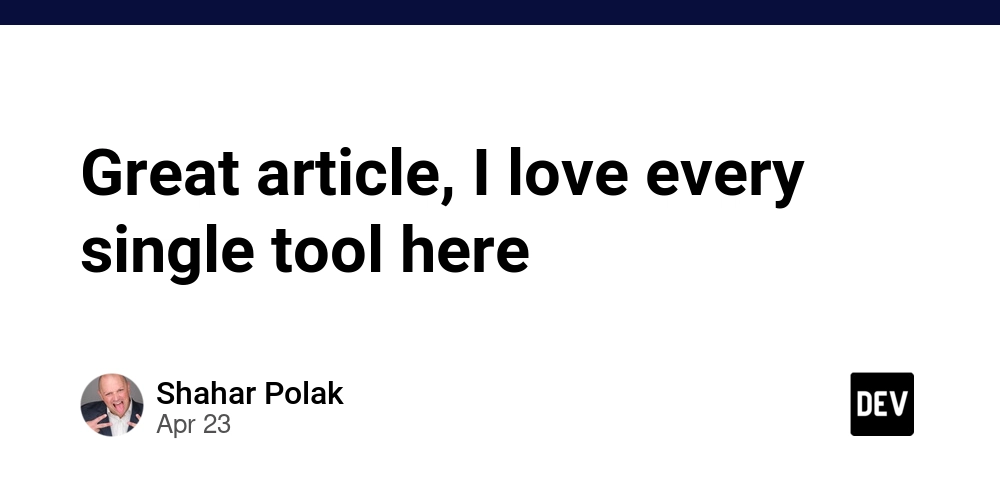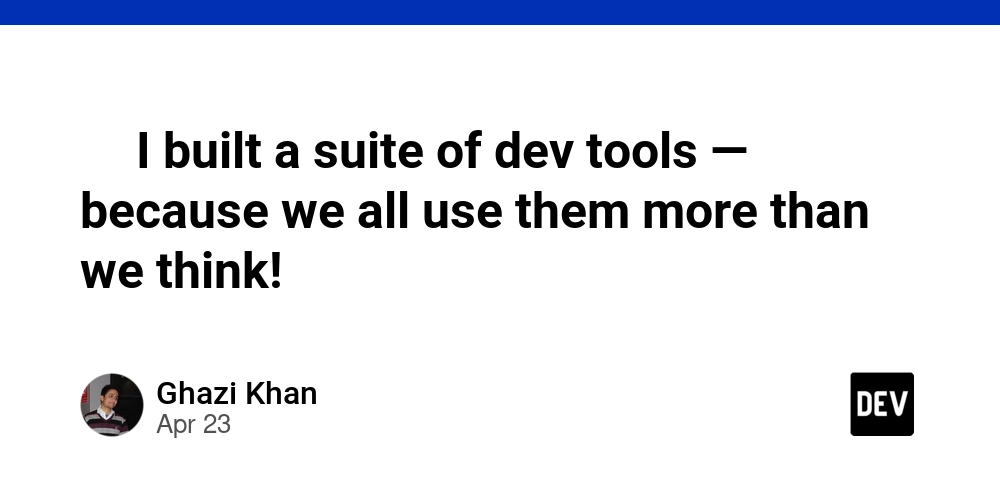What is SWS on GitHub and How Can You Use It? A Beginner's Guide
Ever stumbled upon "sws" on GitHub and wondered what it was all about? You're not alone! This guide breaks down what sws likely refers to, and how you can understand similar projects hosted on GitHub. We'll cover the functionalities GitHub offers to help developers collaborate and manage code.
Understanding SWS: Likely a Project Abbreviation
"sws" itself doesn't have a universal definition on GitHub. It's most likely an abbreviation for a specific software project. To figure out what sws does in a particular repository, focus on the following:
-
The Repository Name: The full name of the repository (e.g.,
edqew32/sws) offers context.edqew32is the username, so the project belongs to that particular user. -
The README File: The
README.mdfile is your best friend! It should contain a description of the project, its purpose, how to use it, and how to contribute. -
Code Comments: When available, browse the code itself and pay attention to the comments. Good developers comment their code to explain its functionality. These inline documentation sections help to decipher the project.
Essential GitHub Features for Project Exploration
GitHub provides numerous tools to help you understand and contribute to projects like sws. Let's explore some important features:
-
GitHub Advanced Security: This helps identify and fix security vulnerabilities within the code. When exploring an unfamiliar project, security scans are good practice to ensure you're not introducing malicious code.
-
GitHub Actions: Fully automate workflows, from building and testing code to deploying it. You could for example, automate the process of checking the code for errors.
-
GitHub Codespaces: Launch instant development environments directly in your browser. Codespaces are preconfigured and ready to go, saving valuable time setting up your local machine.
-
Issues: Use issues tabs for planning, tracking bugs and feature requests. If you’re stuck understanding a project, browsing the issues tab may give you more information about the project and it's goals.
-
Pull Requests: Suggest code changes using pull requests. When contributing, be sure to follow guidance outlined in the
CONTRIBUTING.mdfile. -
Discussions: Engage in collaborative conversations with other developers outside of the code itself. This allows project teams to engage with developers in more expansive ways, building a community around them.
-
Code Search: Find specific code snippets within the repository or across all of GitHub. If you're looking for a specific function, type, or API endpoint, then you can use the code search feature.
Leveraging GitHub for Learning and Collaboration
GitHub isn't just a place to store code; it's a powerful learning and collaboration platform. Consider the following:
-
Explore Learning Pathways: GitHub offers resources to guide you through various development topics.
-
Engage with the Community: Participate in discussions, contribute to projects, and connect with other developers.
-
Consider GitHub Sponsors: Support open-source developers financially.
By understanding GitHub's features and diving into project README files, you'll be well-equipped to decipher any "sws" project and collaborate effectively within the open-source community. Good luck and happy coding!























